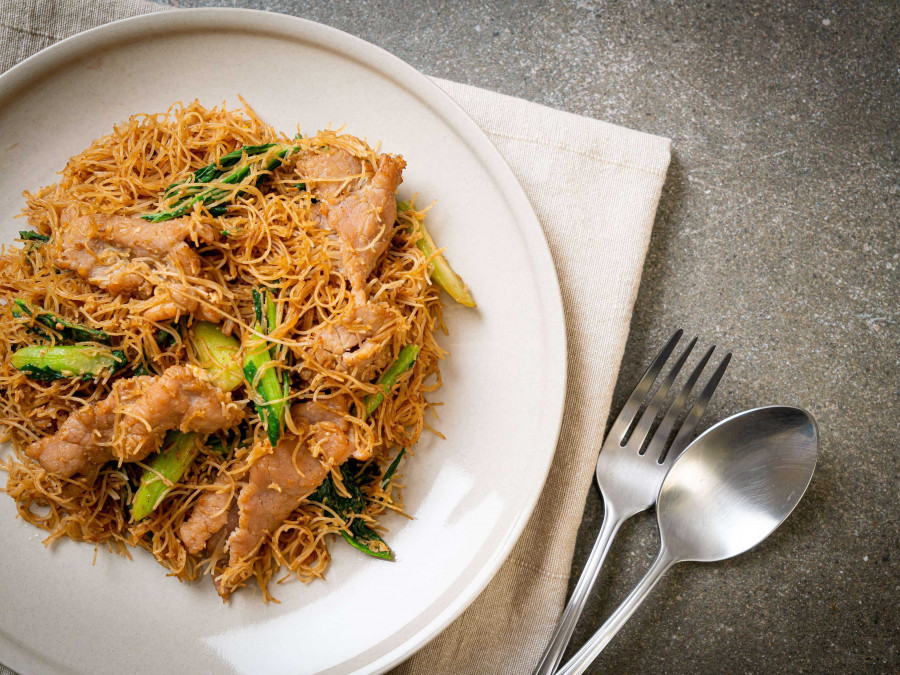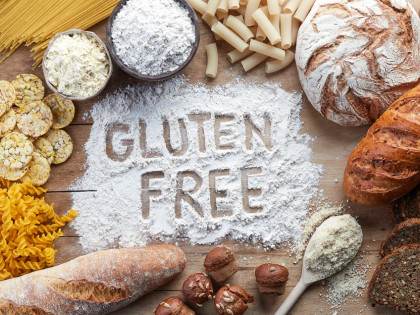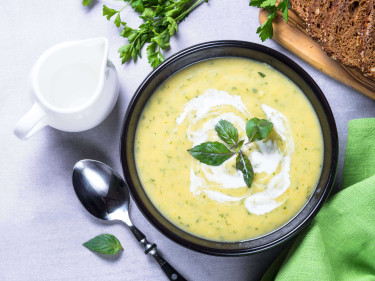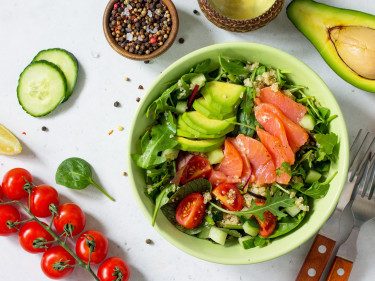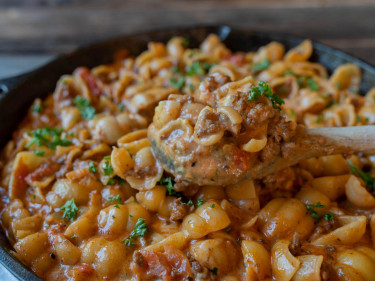Serves = 6
- 250g rice vermicelli noodles
- 1 head broccoli - cut into florets and slice the stalks
- 500g boneless pork -steaks/ chops (e.g. sirloin, medallions, fillet), visible fat and skin removed, sliced thinly
- 1 large brown onion
- 1 tbsn ginger (grated or crushed)
- 3 tbsn hoi-sin sauce
- 2 tbsn reduced-salt soy sauce
- 1 large bunch Asian greens (buk choy, pak choy) chopped roughly
- 2 tsp Extra Virgin Olive oil



